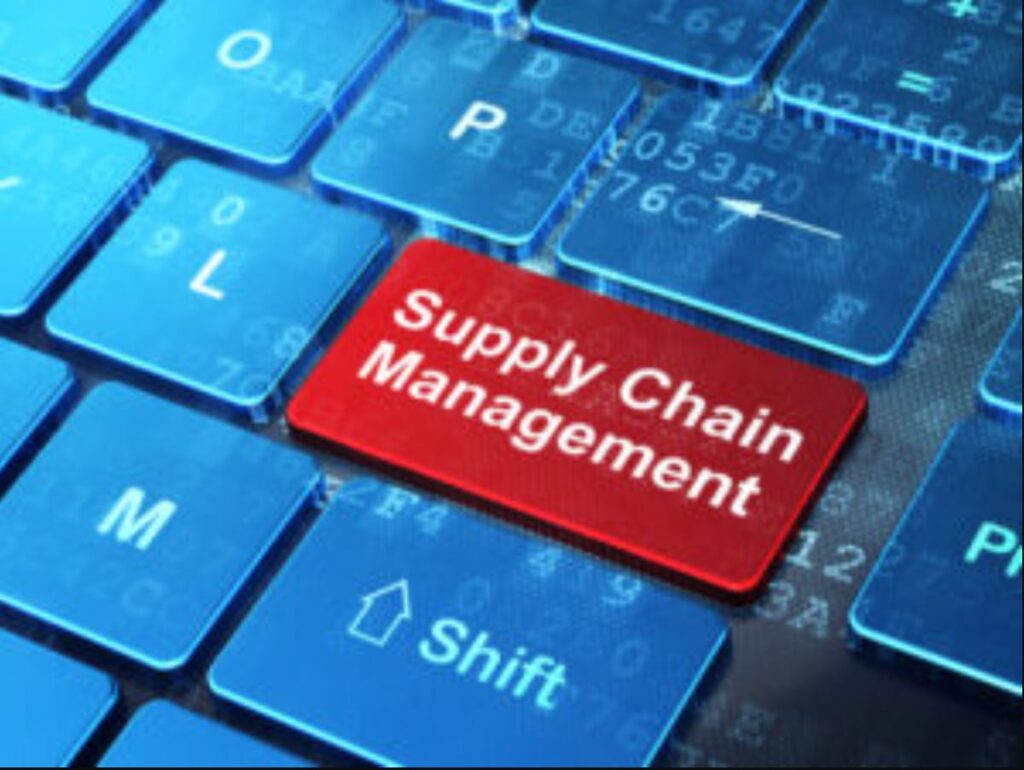The current supply chain disruption is one of the many types of crises the marketplace has faced over the years. Even before COVID-induced challenges had cargo ships anchored off of ports across the globe and store shelves barely stocked, supply chain leaders have been in a race to keep up with changing consumer demands, a shifting competitive landscape, and technological advances.
Yet, as the development, reach and success of businesses has become highly dependent on tightly linked supply chains, the structure of those connections has become increasingly fragile and intricately connected.
Over the last two years, an unprecedented supply chain crisis has unfolded. With networks spanning multiple continents, global supply chains have broken down. From COVID-19 and the war in Ukraine to a sideways freighter that blocked the Suez Canal for a week and a growing list of environmental disasters, the upheaval has created a new benchmark for business-as-usual. A survey from the UK Office for National Statistics showed that 40% of businesses in the wholesale and retail trade industry reported global supply chain disruptions at the end of the first quarter this year.
This disruption is closely tied to a failure of foresight and planning built into supply chain systems.
Asking the right questions
Many companies tackling supply chain disruption see themselves as “data-driven,” when in fact, most are not. A Gartner report shows that less than half of organizations have actively started to build a roadmap for supply chain digitization transformation, despite it being a key priority for most leaders. Another survey showed only two-thirds of supply chain organizations felt the strategy and execution of their supply chains were well aligned.
Business intelligence (BI) and analysis tools were the promised future, where business users could easily access and transform huge volumes of corporate-wide data to predict business outcomes and future demand. However, the reality is that traditional BI solutions and ERP systems are static and can only provide a snapshot of the present or past.
Decision intelligence rests on prescriptive analytics
Such foresight comes from adding a prescriptive analytics layer to a firm’s supply chain management. This layer answers the question “what should happen” and becomes the basis for generating decisions, not just insights. This approach elevates the level of analytic inquiry, using machine learning and optimization models to propose a course of action based on data, analytics and business models.
Ultimately, this can dramatically transform how companies manage the flow of goods throughout their supply chains because it resolves the question how to proceed to achieve the targeted outcome.
Decision intelligence and the future of the supply chain
Taking a new approach to supply chains relies on a new vision for data in an organization. Data is the engine of growth and the source of intelligence that will allow businesses to get a grip on their supply chains.
This means drawing on data from a wider variety of sources than ever before. Businesses need more actionable, real-time data from across their supply chains. They need to quickly and securely access multiple data sources across on-premises data centers and multiple clouds. To plan for future shocks, businesses need to learn from this historic moment and feed this information into predictive and prescriptive analytics modeling.
A new tomorrow
Supply chain management solutions based on decision intelligence and real-time prescriptive analytics models are potent instruments in the fight against the supply chain crisis. Such systems can improve overall processes throughout the enterprise and build resilience into demand forecasts. They can reduce costs associated with overstocking, inventory stockouts, and product obsolescence — even in the face of widespread crises.
Read more at Why decision intelligence is essential for overcoming supply chain constraints
Subscribe to us for more updates and leave your comments below for discussions.




























![The Impact of Big Data and Analytics on Manufacturing [ Infographic ]](http://supplychaininstitute.com/wp_sci/wp-content/uploads/2017/01/376431254_80_80.jpg)









![The 20 Most User-Friendly Sales CRM Tools [Infographic]](http://supplychaininstitute.com/wp_sci/wp-content/uploads/2016/09/373297637_80_80.jpg)


